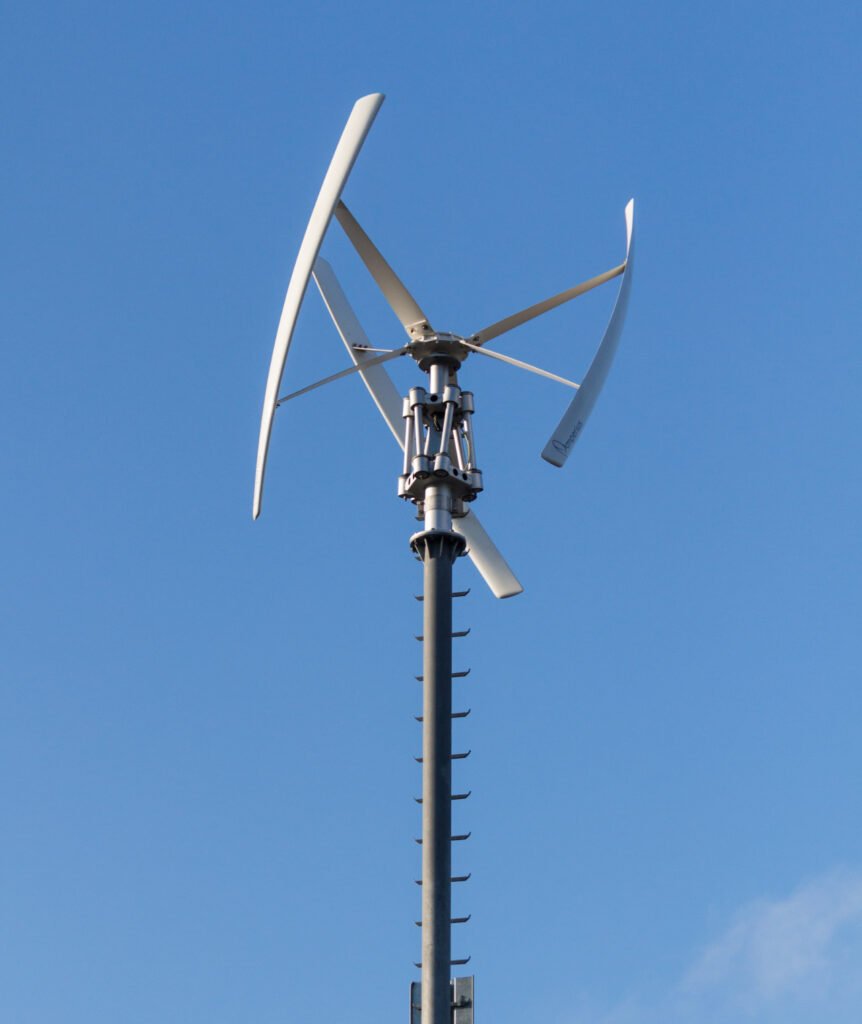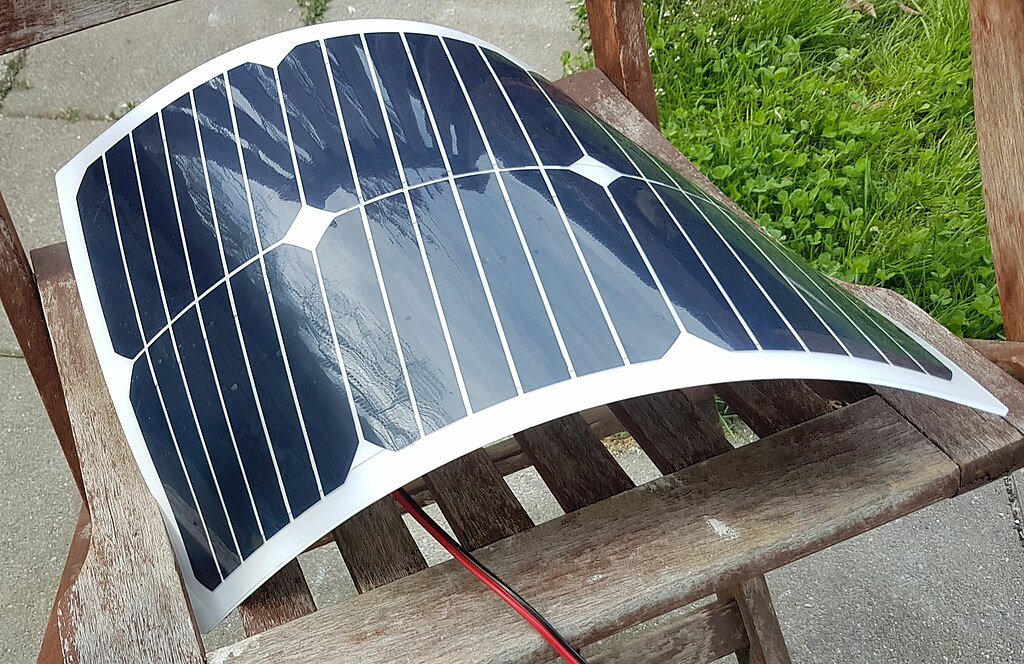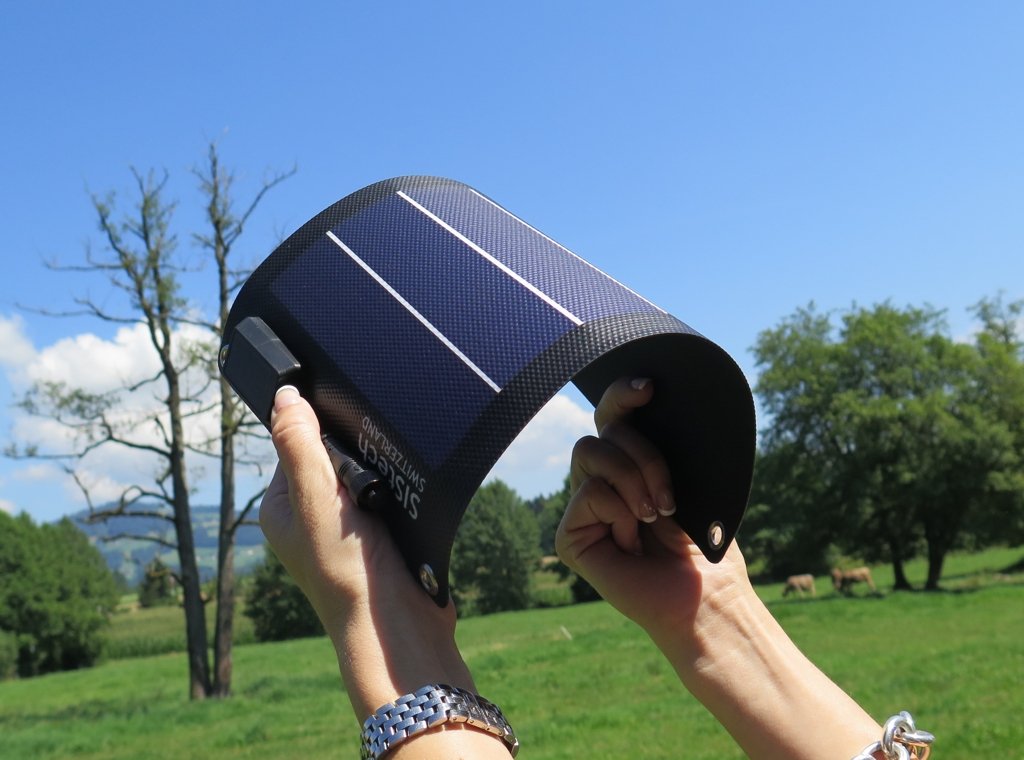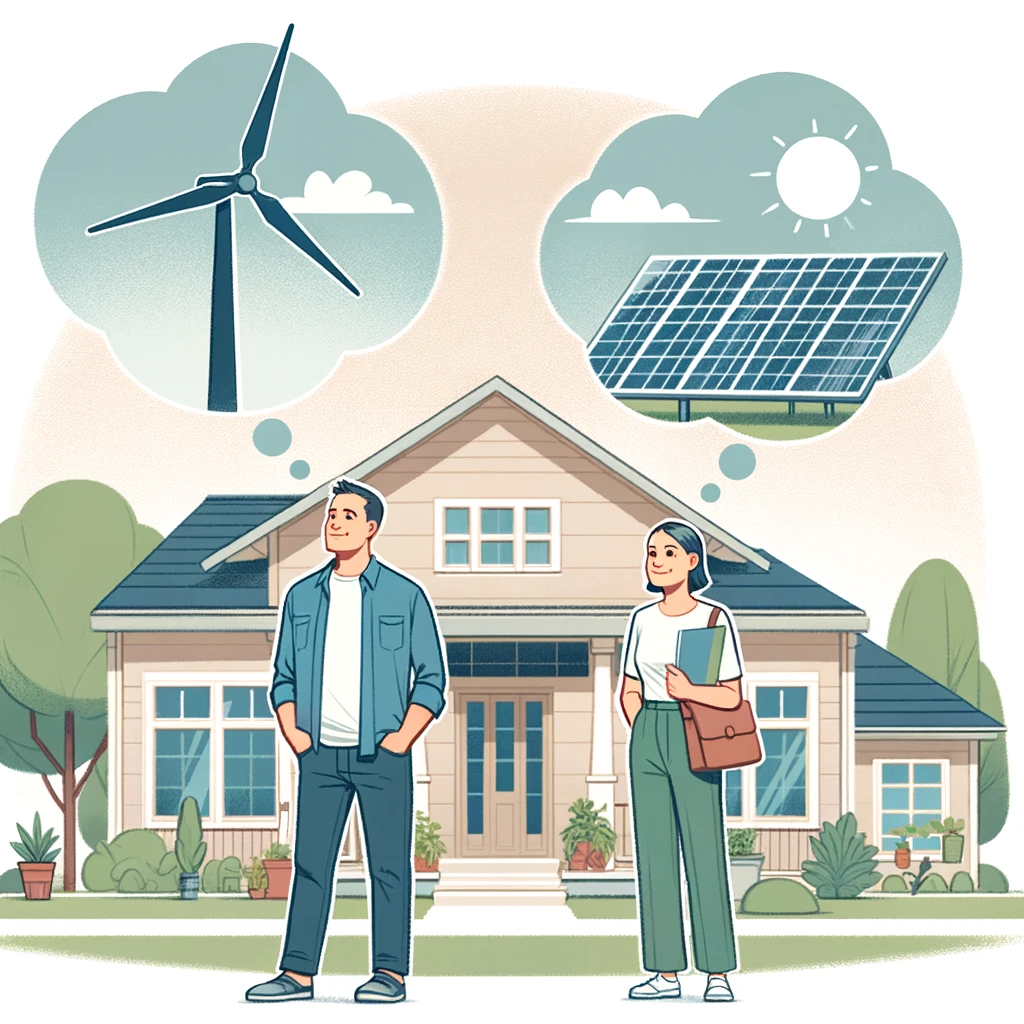Harnessing the power of the wind to generate clean, renewable energy for your home is not only a sustainable and eco-conscious choice, but one that will most likely help lower your electricity bill. Yet, as you embark on the journey to explore residential wind turbines, an important decision awaits you: should you opt for a horizontal axis wind turbine (HAWT) or a vertical axis wind turbine (VAWT)? It may sound complicated at first glance, but do not worry. In this comprehensive guide, we’ll dive into the nuances of both options, provide descriptions, pros and cons, and highlight critical considerations to help you make an informed choice for your home. Let’s breeze right into it!

Horizontal Axis Wind Turbines (HAWTs)
Description:
A Horizontal Axis Wind Turbine, often referred to as HAWT, is a powerful and efficient wind energy generator. It features a familiar design with its rotor shaft and blades rotating horizontally, capturing the kinetic energy of the wind to produce electricity. These turbines are celebrated for their high energy conversion efficiency and consistent performance in a variety of wind conditions.

HAWTs have proven their reliability in various settings and landscapes, making them a trusted choice for those looking to harness the wind’s power for a greener future.
Pros:
- High Efficiency: HAWTs are renowned for their remarkable energy conversion efficiency, making them an attractive choice for maximizing power generation. In fact, the rated power output potential with these turbines is far greater than what VAWTs could produce.
- Consistent Performance: These turbines thrive across a wide spectrum of wind conditions, making them adaptable to various geographic locations.
- Proven Technology: HAWTs have a strong track record, commonly used in commercial wind farms and benefiting from years of technological advancements.
- Quiet Operation: Typically, HAWTs operate with minimal noise levels. This ensures a peaceful environment, which makes them great solutions for residential use.
Cons:
- Space Requirement: Depending on your power needs, HAWTs may demand a substantial amount of space. This can definitely be a limiting factor for homeowners with smaller properties.
- Visual Impact: The size and height of HAWTs can impact the aesthetics of your property, potentially affecting the views and preferences of your neighbourhood. It is always recommended to validate if your city or district has rules and regulations regarding the matter in place.
- Installation and Maintenance: Due to their size and complexity, the installation and maintenance of HAWTs may require greater investment in terms of both time and cost. Once again, this will often be dictated by the size of the wind turbines. Since they do come in different sizes, smaller models should be much simpler to install. In either case, our recommendation is to always consult an expert in case.
Vertical Axis Wind Turbines (VAWTs)
Description:
A Vertical Axis Wind Turbine, or VAWT, represents innovation in the world of wind energy. Unlike its horizontal counterpart, the VAWT is designed with a vertical rotor shaft and blades arranged around this central axis, and this is where it shines. This unique configuration allows them to capture wind from any direction which makes them particularly efficient in areas with variable or inconsistent breezes.

In addition, due to their shape, vertical axis wind turbines offer a space-saving, compact design that’s well-suited for residential settings. This feature also helps them generate electricity at lower wind speeds. Finally, VAWTs are known for their reliability and ease of installation and maintenance. This certainly makes them an appealing choice for homeowners looking to embrace clean, renewable energy.
Pros:
- Compact Design: VAWTs are tailor-made for smaller spaces. This feature makes these wind turbines a perfect energy solution for homeowners with limited space. As long as there’s wind of course.
- Omnidirectional Wind Capture: These turbines excel at capturing wind from any direction, eliminating the need for sophisticated wind tracking systems.
- Low Wind Speed Performance: VAWTs definitely have an edge over its horizontal counterpart in areas with inconsistent wind patterns. This is due to the rotor being on the vertical axis. Not only does it allow the blades to capture winds coming from all direction, but its efficiency at generating electricity at lower wind speeds is unmatched.
- Easier Installation: With their compact design and reduced height, VAWTs are easier to install and maintain, making them budget-friendly options for many homeowners. That being said, we can never repeat it enough. Unless you are an expert in the field, we always recommend dealing with an expert.
Cons:
- Efficiency: Yes, VAWTs may excel in lower-multidirectional winds, but when it comes to maximum output, we cannot say the same. VAWTs may not be the optimal choice in a setting with constant high-winds. In these conditions, HAWTs have shown to be more efficient with an average energy output greater then what vertical wind turbines could produce.
- Mechanical Complexity: Certain VAWT designs may incorporate more complex mechanical components, potentially increasing maintenance requirements. This is why it is important to do your due diligence before choosing your wind turbine equipment.
- Limited Scaling: Scaling up VAWTs for large-scale electricity production can be challenging, limiting their utility in commercial applications. Fantastic for residential use, not so much for commercial space.
Important Considerations
When it comes to choosing between vertical and horizontal wind turbines for your home, several vital factors should be considered:
- Space Availability: Evaluate the space available on your property. Smaller spaces may favor VAWTs, while larger properties might accommodate HAWTs.
- Wind Conditions: Analyze the average wind speeds in your area. HAWTs perform optimally in consistent high-wind areas, whereas VAWTs are more reliable in regions with variable or low wind speeds.
- Potential Rated Power Output: When shopping for a residential wind turbine, it is important to pay attention to the rated power of the wind turbine generator. This is usually calculated in kW or MW and it represents the maximum electrical power output that a residential wind turbine can produce.
- Aesthetics: Take into account the visual impact on your property and the views of your neighborhood. VAWTs typically have a lower profile and are less imposing.
- Budget: Consider your budget for both installation and maintenance. VAWTs are generally more cost-effective in these aspects, making them a practical choice for budget-conscious homeowners.
- Installation and Maintenance: The complexity of installation and maintenance should play a pivotal role in your decision-making process. Determine whether you are prepared for a DIY approach or if professional assistance is required.
Below is a table summarizing the key differences between HAWTs and VAWTs:
| Criteria | Horizontal Axis (HAWT) | Vertical Axis (VAWT) |
|---|---|---|
| Space Requirement | Larger footprint | Compact design, suitable for smaller spaces |
| Wind Direction Sensitivity | Needs to face into the wind | Captures wind from any direction |
| Efficiency | Higher efficiency, especially in high winds, higher rated power potential | Generally lower efficiency, better at lower wind speeds, lower rated power potential |
| Visual Impact | More noticeable due to height and size | Lower profile, less visually impactful |
| Installation & Maintenance | More complex and expensive | Generally easier and more cost-effective |
| Scaling for Large Projects | Common in large-scale wind farms | Challenging to scale for large-scale production |
Conclusion
Choosing the right wind turbine for your home is a decision that should be made with careful consideration of your unique circumstances, including available space, local wind conditions, aesthetic preferences, and budget. Each option offers its own set of advantages and disadvantages, so it’s essential to evaluate which wind turbine aligns best with your sustainability goals and practical needs. With the right choice, you can harness the power of the wind and contribute to a greener, more sustainable future right from the comfort of your home.
Side note! Wind turbines can always be used in combination with solar panels if one was looking to optimize the amount of renewable energy generated (and the savings!). If you are curious about solar energy, how it works I invite you to start here:
If you have any questions about the information provided, please feel free to share in the comments section or in our Reddit group (r/Greenrhub).





Leave a Reply